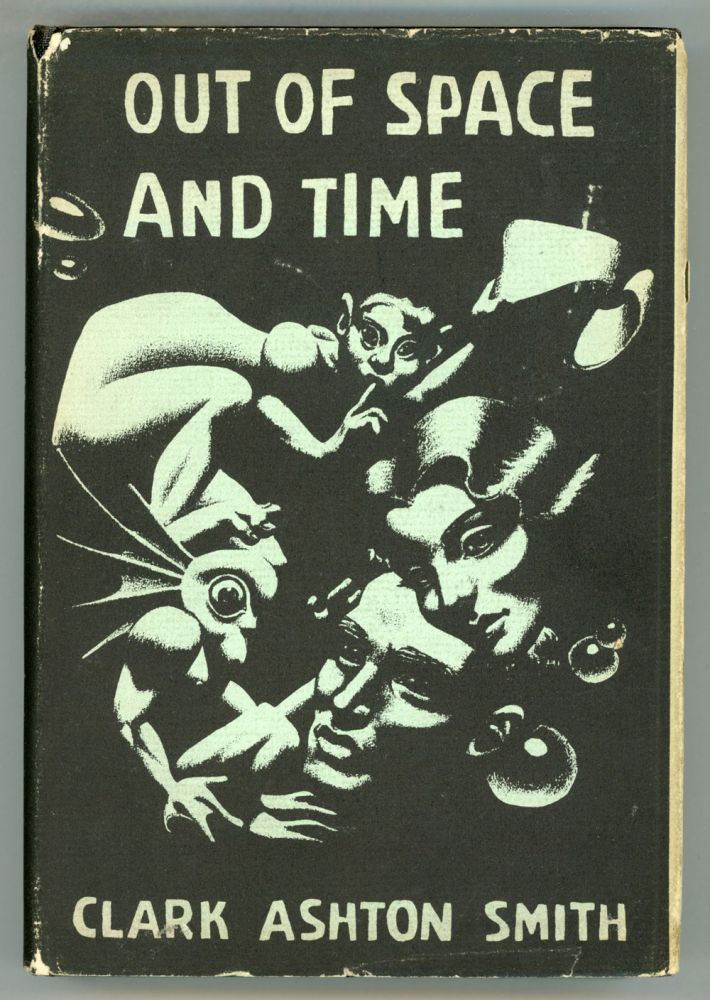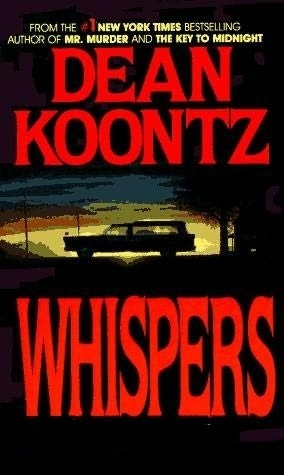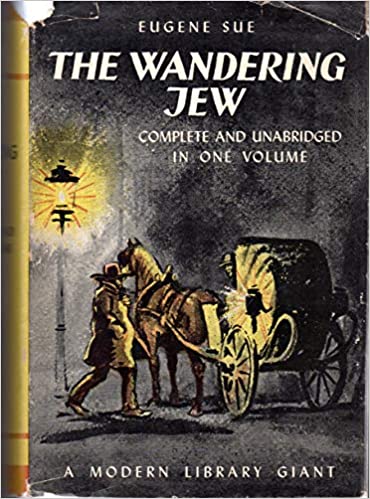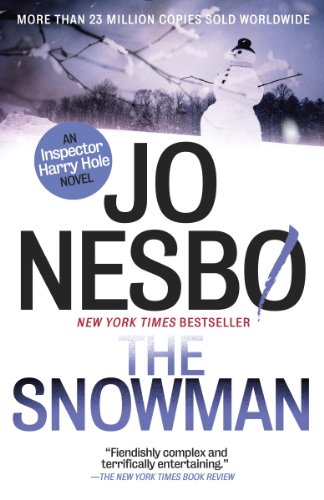I’m not one to cotton to self-help gurus and feel-good platitudes. My day job (what? you think I get paid for blogging? LOL) is in a corporate environment where I’ve been exposed to lots of this nonsense, usually marketed as “LIFE-CHANGING! YOU GOTTA READ IT/WATCH IT”. They inevitably wind up being basic common sense stuff that anyone with half a brain could figure out on their own. Having said that, one thing I randomly heard somewhere has stuck with me and does seem to hold true. Franklin Covey has this speech and Big Rocks. Don’t spend all your time sorting gravel. Take on the big rocks and the little ones will trickle in around them in a more manageable fashion. With this list I’ve tried to take that to heart, not procrastinating on the massive books and trying to work them in periodically so my progress doesn’t slow to a crawl at the end. What does all this synergistic corp-speak have to do with this installment of my continuing quest to watch a boatload of supposedly great horror books? Because this week, I tackled the Moby Dick of the list, The Wandering Jew! Also this time we’ve got a wordy collection of cosmic fantasy, a badly written, rape-y book, a graphic novel depicting the horrors of slavery and a Norwegian noir featuring a guy with the last name of Hole (yea yea, I know… it’s not pronounced that way).
For those just joining me, this is my journey through the following “Best of” Horror lists:
Reedsy Discovery Best Horror Books
Stephen Jones & Kim Newman’s Horror: 100 Best Books
Stephen Jones & Kim Newman Horror: Another 100 Books
If you want to check out my previous entries, they can be found here:
Part 28 | Part 27 | Part 26 | Part 25 | Part 24 | Part 23 | Part 22 | Part 21 | Part 20 | Part 19 | Part 18 | Part 17 | Part 16 | Part 15 | Part 14 | Part 13 | Part 12 | Part 11 | Part 10 | Part 9 | Part 8 | Part 7 | Part 6 |Part 5 | Part 4 | Part 3 | Part 2 | Part 1
Now take my hand, my dear, and let us stroll by the pond at evening. I promise I shan’t push you in.

Out of Space and Time (Clark Ashton Smith, 1942)
List: Jones/Newman
Ashton Clark Smith was primarily known early in his career for his New Romantic style poetry and later in life he would immerse himself more wholly in his artwork and sculpting. But it’s the period from 1929 to 1935 to which he is most well-known, a period where he along with Robert E. Howard and H. P. Lovecraft become one of the major pillars of Weird Tales, turning out a dizzying number of fantastical, macabre and lavishly written short stories in this time period that while having echoes of Lovecraft’s more elaborate style, creates even more ornate and cosmic worlds of strangeness and wonder. Out of Space & Time is an early collection of Smith’s horror and science fiction fiction that he felt was among his best of the time and was only the third book ever released by legendary publishing company Arkham House. The stories in this collection encompass both the best and worst of Smith’s tendencies. His sheer imagination is unparalleled, taking the more cosmic elements of H. P. Lovecraft but weaving them into even more detailed, meticulously populated worlds of high fantasy and weird unpleasantness. Lovecraft has his Cthulhu mythos. Smith, while tying into Lovecraft’s at times, creates at least four distinct universes of his own including the prehistoric world of Hyperborea, which seems as much in deference to Robert E. Howard as Lovecraft, captured in stories like the darkly humorous moral tale “The Weird of Avoosl Wuthoqquan” and the bizarre” The Testament of Athammaus” about a creature who when beheaded returns from the dead even more grotesque and horrible. Another of his creations is Averoigne, which seems to be a sort of medieval European world where magic is real and vampiric creatures prey on humans such as in “The End of the Story” and “A Rendezvous in Averoigne”. The most interesting of these stories I think is “A Night in Malnéant”, where a stranger wanders into a grim town where all the villagers are busy in preparations for the funeral of a beautiful woman. It has such a strange and fascinating atmosphere to it while still feeling somewhat grounded. For fans of Lovecraft, included is the first published story by a writer other than Lovecraft that references his Cthulhu mythos, “Return of the Sorcerer” involving a dark warlock and the Necronomicon.
So how do I actually feel about Smith? Well, to be honest, somewhat mixed. Smith has some really great, imaginative ideas in his stories like the Homeric inter-dimensional travel of “City of Living Flame” and the curse of a past life in “The Chain of Aforgomon”. The problem I have with Smith is in his prose style. Smith never met an adverb or adjective he didn’t like and piles them on more and more until the stories are barely even comprehensible at times. This is not casual reading. It requires a lot of focus to really pour over the dense and flowery text to get at the meat of what’s actually happening in each story, which makes the reading more of a chore than it should be. I feel like Smith is more interested in creating a kind of symphony of words than of conveying his cool and fascinating ideas. Still, if you can barrel through the thick verbiage, Smith has some truly strange and rewarding stories worth checking out.

Whispers (Dean Koontz, 1980)
List: Reedsy Discovery
Hilary Thomas is a Hollywood screenwriter, and of course, because it’s a Dean Koontz book, she’s also blonde and beautiful. Her life is thrown into a tailspin when she is assaulted in her home by who she believes is a man named Bruno Frye, a businessman who runs a vineyard hundreds of miles away that she had briefly met on a couple of occasions. The problem is that Bruno Frye had an airtight alibi at the time, and the grizzled and jaded cop who questions her doesn’t believe her. The other problem is that Bruno keeps coming back until eventually she manages to kill him. But even that doesn’t stop him, the voices in his head whispering to him, urging him on to destroy Hilary Thomas.
Man, Koontz just loves to put beautiful women in peril at the hands of unstoppable monsters, doesn’t he? If you’re just now joining me, you should know that I am not what you’d call the biggest Dean Koontz fan. I find his plotting slapdash at times, his stories randomly overly sentimental and his dialogue extremely cheesy and contrived. Guess what? All that holds true with Whispers. All the dialogue interplay between young handsome cop Lieutenant Clemenza and Hilary Thomas are painful and feel interminable. It feels like Koontz trying to channel a screwball comedy and ending up with cheap pap from a Harlequin romance instead. And speaking of, the sex scenes are graphic and hilarious in all the wrong ways. One in particular with Bruno Frye raping a woman was so poorly written that despite the horror occurring I was cackling out loud at how badly it was written. Oh and also this thing was way too freaking long. One thing that could’ve been cut down or even totally cut out is another Koontz trademark, the old man friend subplot. In this case, it’s an older lawyer tasked with managing the Frye estate after Bruno’s “death” who enters the picture to help Hilary and Clemenza investigate what the hell is going on. It also takes WAY too long for the characters to even start considering the preposterous situation Koontz has devised here which just served to exasperate me. If you haven’t guessed by now, I didn’t love this book, although I will say it was marginally better than The Mask, the previous Koontz book I covered here.

The Wandering Jew (Eugène Sue, 1864)
List: Jones/Newman
The Wandering Jew, that figure of legend that was cursed by God to walk the earth until the Second Coming for mocking Christ on his way to crucifixion, is a kind of secondary figure here but an important one. His descendants, the Rennepont family, is a group of virtuous and kind folk spread across the globe and who unbeknownst to them, have a massive inheritance coming to them if they are present at a specific manor in Paris on a specific day. Unfortunately for them, the sinister machinations of the Jesuits of the Brothers of Jesus, a branch of the Catholic church, are at play, attempting to steal the money away from the family through a series of truly malevolent and cruel means. Masterminding these evil plans is the seemingly humble and gruff old assistant Rodin, one of the most clever, vile and despicable villains in the history of literature. From the benevolent and unceasingly kind priest Gabriel to the jocular and easy-going layabout Jacques, from the gracious factory owner M. Hardy who has transformed his business into a socialist utopia to the naive and innocent twin girls Rose & Blanche under the protection of the kindly soldier Dagobert, and from the Arthurian and just Indian prince Djalma to the fiercely independent and resplendent Adrienne de Cardoville, the Renneponts are wholly undeserving of the hell they are put through. After the Jesuit’s plot is upended via a deus ex machina, Rodin takes complete control, wishing to not only prevent the Renneponts from claiming their fortune but absolutely crushing their will and spirit in the process. And then the cholera comes to Paris…
This massive, sprawling gothic melodrama epic is one of the longest books in this whole list. As such I’ve been reading it on and off for a couple months, working in other things in between. Despite the flowery prose translation, the random didactic digressions and the endless scenes of superfluous dialogue that could’ve easily been trimmed (was Sue getting paid by the word here?), at times this was actually quite compelling, and while I certainly wouldn’t classify this as strictly horror in the traditional sense (although it does have touches of fantasy particularly in the character of the Wandering Jew himself and his sister), Rodin truly is one of the most hand-wringing, gnarled, cruel genius villains I’ve ever come across in literature. He’s almost a caricature of what a villain should be, setting into motion subtle maneuvers resulting in death and ruin, without the slightest concern, only with the goal of ultimate power in mind. In fact, the evil he enacts on these poor souls is downright hard to read at times, particularly in the second half of the book. Frankly if Sue could’ve reigned in some of his more excessive verbal tendencies, this could’ve been a masterpiece of early pulp fiction. As it is, it’s still at times a cracking good yarn when it isn’t bogged down in needless exposition and stray philosophical or anti-Catholic rhetoric.

Kindred: A Graphic Novel (Octavia Butler, Damian Duffy, John Jennings, 2017)
List: NPR
The story of Octavia Butler’s Kindred is the harrowing account of a black woman in present day who is suddenly pulled back in time to the Antebellum south days of slavery, somehow thrust into this situation whenever a white ancestor of hers finds himself in live-threatening peril. She can only return to the present when she perceives herself to be in mortal danger. Thus begins a grim account of a modern woman, along with her white husband, who is forced to confront the horrors of the past and try to make an impact on her own lineage.
I haven’t read the original novel, so I don’t have a point of comparison here (although the initial situation does sound similar to the recent film Antebellum), but this graphic novel adaptation both brings the strengths and the weaknesses of the medium to bare. The weathered illustrations of Jennings brings to life the atrocities of slavery in painful visuals that at times creates quite effective moments. At times the illustrations feel a little overly static though as well. Duffy’s adaptation is quite good though, capturing what I think is probably the meat of the story without compromising the emotion resonance of the characters. Still, it does feel a little rushed in a few places and this feels like the kind of book that captures a great deal of the main character’s internal thoughts which we definitely don’t get very much of here. Overall though this is a pretty potent story that’s worth checking out, and this comic adaptation does justice to the source.

The Snowman (Jo Nesbø, 2007)
List: Reedsy Discovery
After the first snowfall in Oslo, a mysterious snowman is found in a front yard by a boy whose mother has gone missing. As detective Harry Hole digs into the missing persons case, a pattern begins to form of a string of homicides perpetrated by a devious killer that uses the snowmen to taunt the police. Hole is a raging alcoholic with a serious chip on his shoulder who suspects that the killer is toying with him specifically, making it personal. Can Harry Hole thwart these horrific crimes?
So I had already seen the mess of a movie based on this one and while Fassbinder was fine as Hole, the movie turned the plot into swiss cheese making it barely comprehensible. So how does the book fare in comparison? On one hand, it is indeed better and more coherent with various plot details fleshed out and character motivations more clearly represented. Having said that, some of those character motivations are bizarre and highly illogical or straight up insane even knowing where they’re coming from. The book is full of preposterous twists that seem to exist solely to add drama to the proceedings. We also have more than one deus ex machina and the book seems to have like three different endings. Much of Hole’s investigation seems to be stumbling across incredible coincidences that allow him to accuse the wrong person multiple times. Frankly The Snowman is really not that great of a thriller and while it’s fairly readable and well-paced, it’s just too silly to take seriously.

